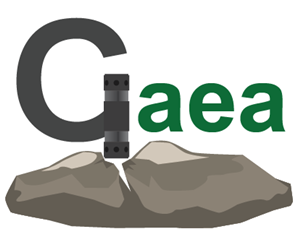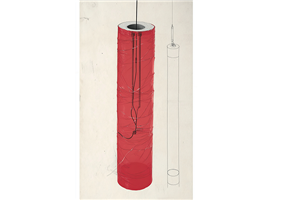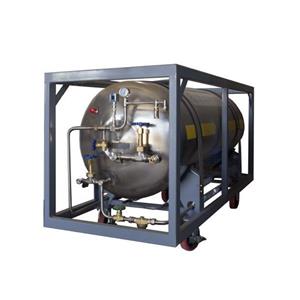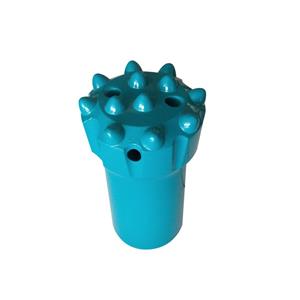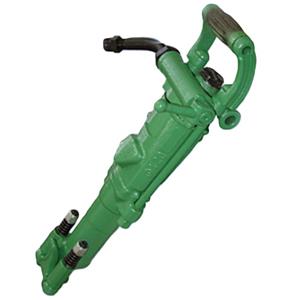Drill‑rod (drill rod) selection made easy — one‑piece durable or modular and versatile? Read this and you’ll know!
★ Drill rod: the core power‑transmission bridge of drilling In drilling operations, the drill rod is critical: it’s the indispensable "power bridge" between the rig and the rock, delivering concentrated impact energy to the bit to achieve efficient rock breakage. Faced with varied and complex working conditions, choosing the right drill‑rod type — one‑piece (integral) or modular (sectional) — is a key step to improving efficiency and reliability. What are the features of each, and how do you choose the optimal type for your site?
★ Integral drill rod (hollow drill rod): monoblock, stiff and reliable Integral drill rods, often referred to as standard rods, are distinguished by a one‑piece, high‑strength alloy‑steel structure. Manufactured from a single bar of premium steel through precise forging and strict heat‑treatment processes, their simple, unified design gives them excellent overall strength, superior fatigue resistance and good toughness. Eliminating jointed connections removes potential weak points, ensuring stable performance under high‑intensity, long‑duration impact loads.
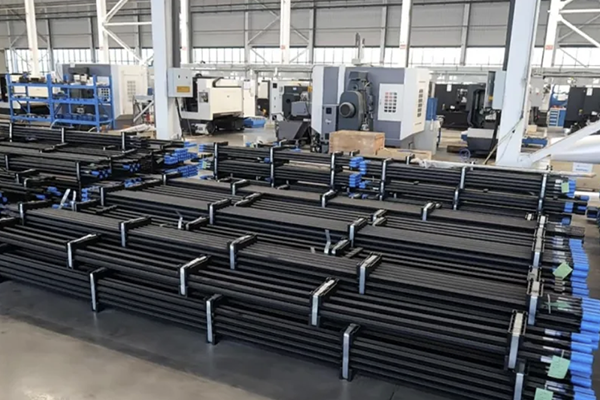
To suit different drilling depths and equipment requirements, integral rods come in a wide range of specs. Common models include R22, R25, R32, T38, T45, with standard lengths such as 2475 mm, 2800 mm, 3090 mm, 3700 mm, 4305 mm and 4915 mm. They are mainly used with large hydraulic drilling rigs and hydraulic jumbos, and are the typical choice for heavy‑duty operations that demand high rod stiffness and reliability — open‑pit mining, underground mining and large tunnel excavation, for example.
★ Modular drill rod: sectional, fast‑change and highly flexible Modular drill rods, also called quick‑change rods, are designed for maximum flexibility and convenience. They consist of multiple independent rod sections joined end‑to‑end by precision threaded connections. This modular structure allows total rod length to be freely combined and adjusted to match hole depth, greatly improving adaptability and on‑site efficiency.
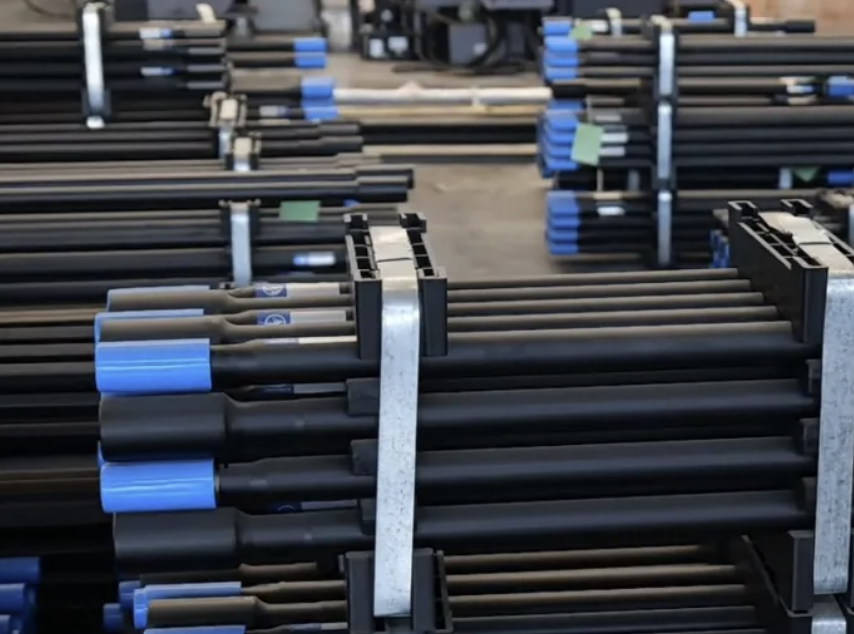
Like integral rods, modular rods are made from high‑strength alloy steel, but their core technology focuses on reinforcing the connection areas (optimized thread designs, surface hardening, etc.) to ensure joints are absolutely secure and can withstand severe impact and torsional stresses. By cross‑section, quick‑change rods are commonly available in round and hexagonal types. They cover mainstream models such as T38, T45, T51, R32, and offer a wider variety of length modules — e.g., 800 mm, 915 mm, 1220 mm, 1525 mm, 3660 mm, 4270 mm — providing highly flexible configuration options.
Modular rods are mainly used with hydraulic jumbos and medium‑depth rigs, especially where hole depths change frequently or working space is limited (tunnel headings, underground mining). Their on‑demand assembly capability reduces site preparation time and cuts inventory pressure.
